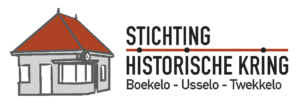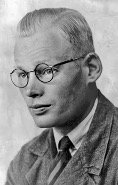Deze site is mede mogelijk gemaakt door de ondersteuning van:
Trefwoorden
AkzoNobel (105)
Bedrijfsverkoop | Overname (50)
Coronacrisis | Covid19 (38)
De Bleekerij (woonwijk) (46)
Dorpsraad (114)
Gasolie (opslag) | Dieselolie (36)
Gemeente Enschede (141)
Geschiedenis (51)
Grolsch (290)
Het Rutbeek (terrein) (102)
Hotel Bad Boekelo | Resort Bad Boekelo (52)
Jubilea (56)
Jubilea (35)
Lekkages (40)
Marcellinus (kerk) (62)
Marcellinus (School) (32)
Marssteden (bedrijventerrein) (62)
Momentum (mortuarium) (35)
Museum Buurtspoorweg (MBS) (246)
N18 (113)
OBS Molenbeek (Boekelo) | Boekelerschool (37)
Ongelukken (verkeer) | Verkeersongelukken (46)
Open dagen (36)
Popfeesten Usselo | Zomerfeesten (39)
Raad van State (34)
Rechtspraak (80)
SABMiller (bierconcern) (36)
Staatstoezicht op de Mijnen (SodM) (33)
Texoprint (33)
Tweede Wereldoorlog (55)
Twekkelo (33)
Twence (afvalverwerking) | Boeldershoek (48)
Twente (41)
Usseler Es (63)
Usseler Es (bedrijventerrein) (94)
Usselo (45)
Vereniging Behoud Twekkelo (VBT) (47)
Vereniging Behoud Usseler Es (VBU) (38)
Vergunningen (65)
Vrijwilligers (35)
Windmolens (36)
Windmolenweg (36)
Woningbouw (37)
Zoutcavernes | Zoutholtes (59)
Zuivelhoeve | Roerink Food Familiy (48)

